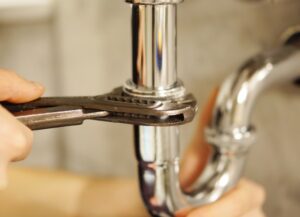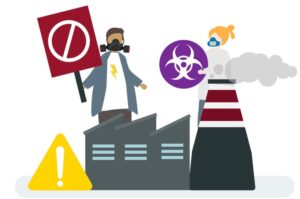
Every summer, parents receive safety tips for their children. These are important because they can help prevent accidents from happening. Children need constant supervision around the pool area in order to avoid drowning incidents. Using natural pool treatment techniques may also help to keep them safe. This article will provide some more information about how you can prevent unwanted drownings this summer with these simple tips.
1. Pool Rules
Parents and students should always listen to the pool safety instructions from lifeguards as well as obey any pool rules provided. It is also important to know that children who have not learned how to swim are not allowed in a swimming pool at all, even if they are with their parents or older siblings.
2. Swimming Alone
Swimming alone can be dangerous and unpredictable. Drownings are more likely when there is only one swimmer in the water because no will notice if they sink or need help quickly.
As a parent, you should always supervise your children when they are swimming by having them within arm’s reach at all times (or using some kind of safety line).
3. Diving
Never let your child dive in the shallow end of the pool. Pool depth is not an indicator of whether someone can swim or not; and children who cannot swim but try to dive from a chair, ladder, diving board, etc., often don’t resurface.
4. Walking Around The Pool
Many parents don’t teach their kids how important it is to walk slowly around pools. It’s important to ask those in charge if there are any rules about running which may not have been communicated.
It’s easy for an excited kid who is running full-speed on wet ground to slip and fall into the water before he or she can stop themselves. This might sound like common sense, but some people still forget this very simple pool safety tip.
5. Pool Safety Equipment
Buoys and lifejackets have recently become available for children. Buoys are inflatable rings that provide support in the water, yet don’t restrict movement like regular jackets do. They let kids feel more comfortable while they learn how to swim because they can just hang on and float around as with a little help from parents or carers. Using these pool safety equipment properly can help prevent drowning.
6. Emergency Back-Up PLan
The first step to preventing unwanted drownings is having an emergency plan in place. This goes for both the pool itself and around your house. Make sure there are no hidden dangers in or near the water, including a lack of lifeguards on duty at the time. That way if someone gets into trouble, they can call for help as soon as possible without any delay.
7. Emergency Response
This is the most important tip. When a child falls into deep water, one of your first reactions may be to jump in and start swimming. Don’t jump in unless you know how to swim well enough to save the child without risking your own life as well. It might sound overly cautious but if you are not sure about how to swim or rescue someone from drowning, don’t risk it: call 911 instead or someone nearby who knows how to swim.
You also need to know the basics of first aid and CPR so that you can save the life of the child.
Summing Up
Pool safety is important for both parents and students. There are many things that can go wrong in the pool, but if you follow these pool safety tips, then your chances of having a safe summer at the pool will be much higher.




